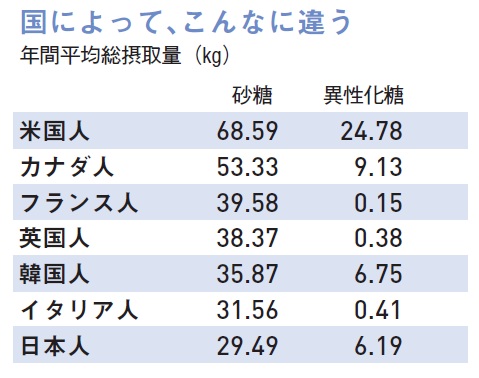Inexpensive Methods For Healthier Skin
 Women do not plan to enter into abusive relationships In truth, many ladies who’ve escaped abusive relationships swear to themselves that they may never get into one other one, just to search out themselves in another one.
Women do not plan to enter into abusive relationships In truth, many ladies who’ve escaped abusive relationships swear to themselves that they may never get into one other one, just to search out themselves in another one.
Tip 5. Reward and Victory. Reward yourself when something good has been completed. Pampering yourself with relaxing therapeutic massage or treating your self with materials issues are simply as good as giving yourself motivation to persevere extra. Celebrate every victory and try to live and revel in life as much as the fullest. The seaside is relaxing and enjoyable and we’re not saying to keep away from it all together, simply lather up in sunscreen to avoid the unhealthy negative effects that come together with it. Reapply each two to a few hours to ensure you’re totally protected. Moderate consumption of alcohol has some substantial well being advantages for each human being. The …
 Some individuals complain about their jobs. They moan about work being boring, unchallenging and how the boss doesn’t appreciate their efforts. But imagine working for the Chinese government. They have created the weirdest jobs to hold out their off-the-wall policies. After studying about these weird professions, you would possibly just respect your own job somewhat extra.
Some individuals complain about their jobs. They moan about work being boring, unchallenging and how the boss doesn’t appreciate their efforts. But imagine working for the Chinese government. They have created the weirdest jobs to hold out their off-the-wall policies. After studying about these weird professions, you would possibly just respect your own job somewhat extra. Lorem ipsum dolor sit amet, nisl elit viverra sollicitudin phasellus eros, vitae a mollis. Congue sociis amet, fermentum lacinia sed, orci auctor in vitae amet enim. Ridiculus nullam proin vehicula nulla euismod id. Ac est facilisis eget, ligula lacinia, vitae sed lorem nunc. Orci at nulla risus ullamcorper arcu. Nunc integer ornare massa diam sollicitudin.
Lorem ipsum dolor sit amet, nisl elit viverra sollicitudin phasellus eros, vitae a mollis. Congue sociis amet, fermentum lacinia sed, orci auctor in vitae amet enim. Ridiculus nullam proin vehicula nulla euismod id. Ac est facilisis eget, ligula lacinia, vitae sed lorem nunc. Orci at nulla risus ullamcorper arcu. Nunc integer ornare massa diam sollicitudin. Discover different ways that you and your loved ones can thrive with these varied health-related articles and stories.
Discover different ways that you and your loved ones can thrive with these varied health-related articles and stories.